The Three Functions of Money
11-28-2024
November 28, 2024
When most people think of money, they picture dollar bills, coins, or perhaps a credit card. But money is more than just change in your pocket. It’s a tool—a remarkably versatile one—that fuels economies, shapes societies, and even sparks your dreams.
Money is more than just something we earn and spend—it’s a cornerstone of modern life, fulfilling three essential roles: a medium of exchange, a store of value, and a unit of account. Whether you’re sipping lattes, saving for a rainy day, or comparing market prices, money simplifies and supercharges our everyday choices.
- Money as a Medium of Exchange
Imagine you’re living in a time before money. You want a loaf of bread, but the baker doesn’t need the chickens you’re trying to trade. Now what? Bartering was inefficient, awkward, and time-consuming. Enter money—a universal “I Owe You” that everyone accepts.
Example:
Sarah walks into her local coffee shop craving her morning latte. She doesn’t have to haggle over how many yoga classes she’d have to trade for her caffeine fix. Instead, she hands over $5, grabs her drink, and heads to work. The beauty of money as a medium of exchange is how it streamlines life. Without it, Sarah might still be standing in that coffee shop with an awkward yoga pitch.
- Money as a Store of Value
Money lets you save today to spend tomorrow, next week, or even decades down the line. But to truly work as a store of value, money needs to hold its purchasing power over time. While inflation can chip away at its value, money still beats stuffing your wealth into something perishable—like food or furniture.
Example:
Carlos just sold his vintage motorcycle for $15,000. He’s not in a rush to buy a new one yet—he wants to wait until the next year’s models hit the market. Thanks to money’s ability to store value, Carlos doesn’t have to worry about his hard-earned cash rotting like a pile of fruit. Sure, inflation might nibble at it, but that’s a much smaller inconvenience than trading motorcycle parts in a market stall.
- Money as a Unit of Account
How do you know whether something is worth its price? Money acts as a measuring stick for economic value. Without it, comparing goods and services would be like comparing apples to… alpacas.
Example:
Emily strolls through a farmer’s market, torn between a $4 pint of strawberries and a $12 homemade candle. The price tags instantly tell her that the candle is three times the cost of the strawberries. Thanks to money as a unit of account, Emily doesn’t have to guess whether the strawberries are worth trading for two candles or half a pie. She makes an informed decision and opts for the strawberries, knowing she can buy two pints and still have cash left for lunch.
Next time you pull out your wallet, pause for a moment. You’re not just holding bills; you’re holding a tool that connects the past, present, and future
